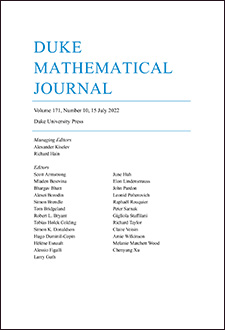Abstract
Consider a normal complex analytic surface singularity. It is called Gorenstein if the canonical line bundle is holomorphically trivial in some punctured neighborhood of the singular point and is called numerically Gorenstein if this line bundle is topologically trivial. The second notion depends only on the topological type of the singularity. Laufer proved in 1977 that, given a numerically Gorenstein topological type of singularity, every analytical realization of it is Gorenstein if and only if one has either a Kleinian or a minimally elliptic topological type. The question to know if any numerically Gorenstein topology was realizable by some Gorenstein singularity was left open. We prove that this is indeed the case. Our method is to plumb holomorphically meromorphic -forms obtained by adequate pullbacks of the natural holomorphic symplectic forms on the total spaces of the canonical line bundles of complex curves. More generally, we show that any normal surface singularity is homeomorphic to a -Gorenstein singularity whose index is equal to the smallest common denominator of the coefficients of the canonical cycle of the starting singularity.
Citation
Patrick Popescu-Pampu. "Numerically Gorenstein surface singularities are homeomorphic to Gorenstein ones." Duke Math. J. 159 (3) 539 - 559, 15 September 2011. https://doi.org/10.1215/00127094-1433412
Information





